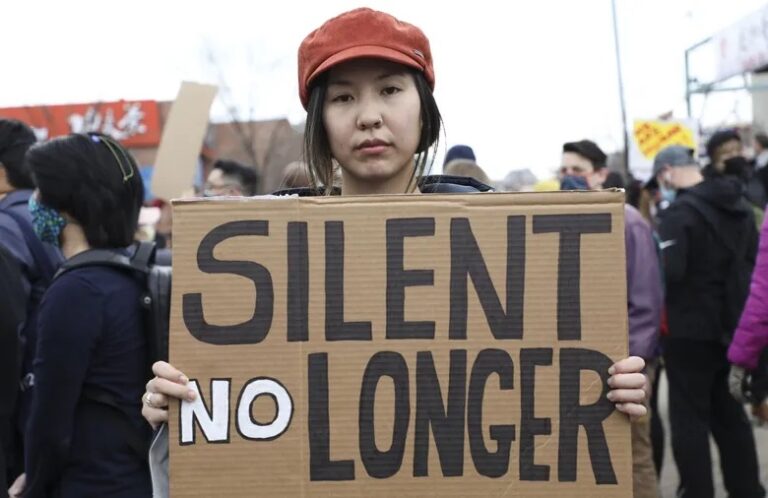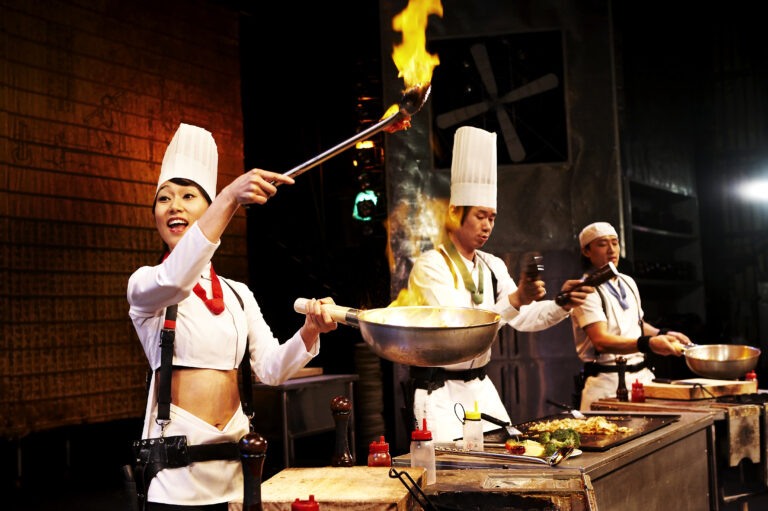Janie Ye
Wayzata High School
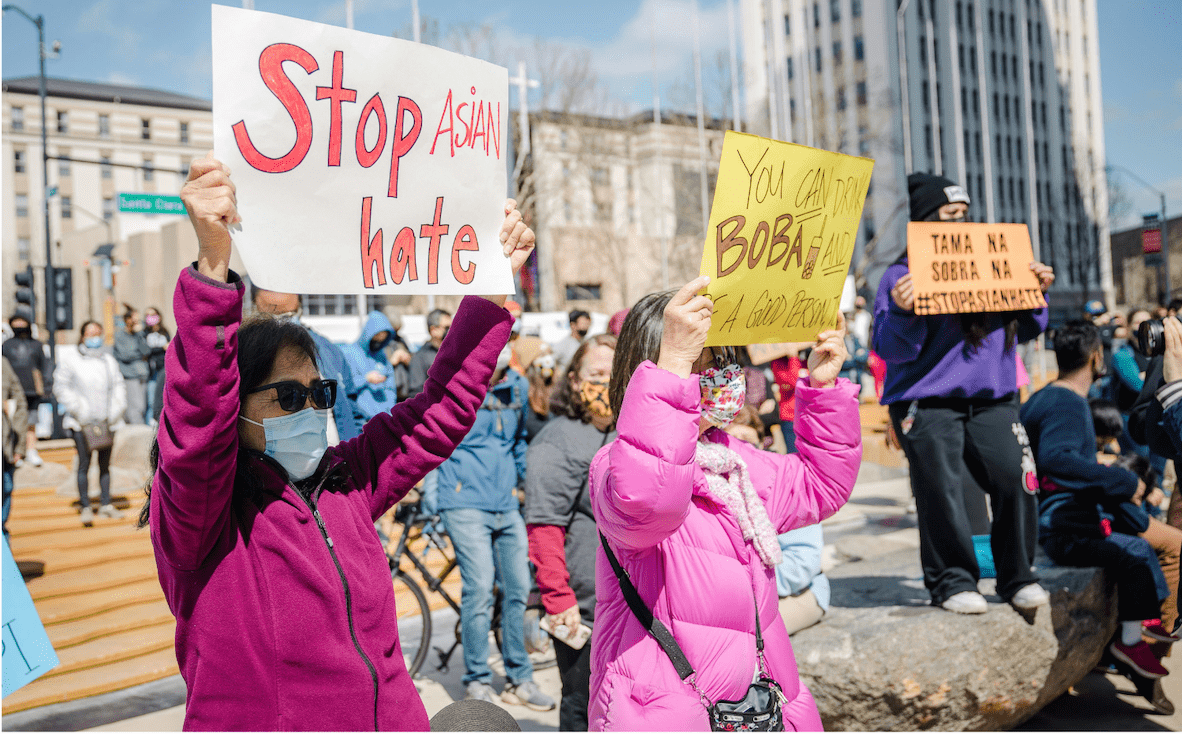 The media’s influence on the general public continues to grow as technology advances. More and more people rely on the news to inform them on various topics and current events. However, this does not mean that the media is not subject to bias and inaccuracy. Media stereotypes are content that communicate overgeneralized (and often inaccurate) about different groups. This content often associated characteristics, both positive and negative, with the group. Media stereotypes negatively impact the Asian American community by spreading misinformation about the culture and qualities of Asian Americans.
The media’s influence on the general public continues to grow as technology advances. More and more people rely on the news to inform them on various topics and current events. However, this does not mean that the media is not subject to bias and inaccuracy. Media stereotypes are content that communicate overgeneralized (and often inaccurate) about different groups. This content often associated characteristics, both positive and negative, with the group. Media stereotypes negatively impact the Asian American community by spreading misinformation about the culture and qualities of Asian Americans.
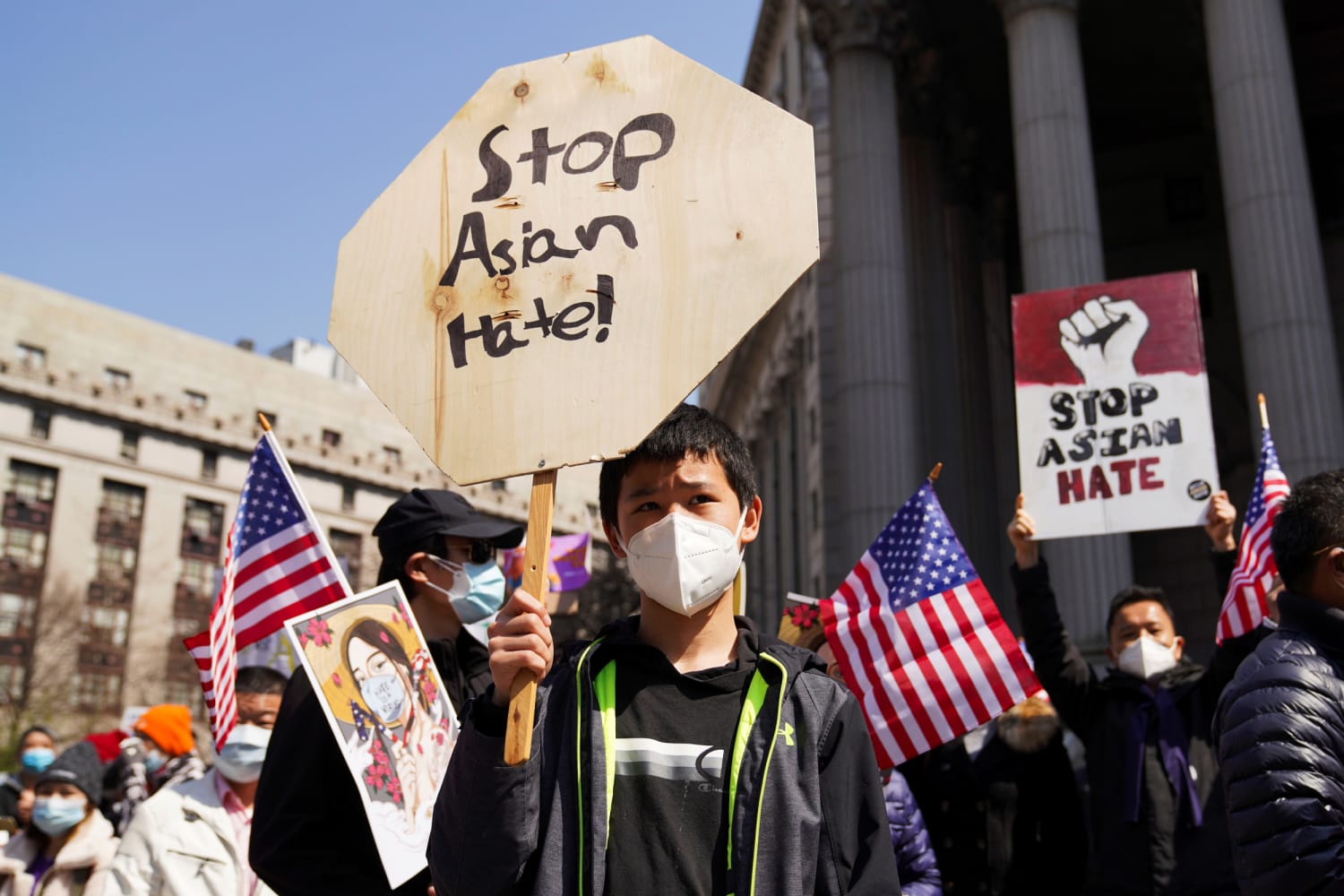 Throughout history, Asian Americans have faced no shortage of discrimination and racial stereotyping in the United States. From being labeled as undesirable and unassimilable to being thought of as overly academic and lacking personality, stereotypical views on Asian Americans have persisted. These harmful stereotypes are echoed and amplified through media coverage. Media coverage greatly impacts the public because it lets opinions spread quickly in a very short time. However, since it is extremely difficult to control what is spread (fake news is evident in today’s society), this leads to the popularization of ideas that may not be factual. Faulty representation of Asian Americans in the US can be seen in Hollywood productions, especially those during the late 1900s and early 2000s. Not many Asian Americans are casted in film and the portrayal of Asian Americans in film are often erroneous and stereotypical. Asian men are often shown as nerdy and weak while Asian women are objectified. American news outlets also often pass over Asian American issues and lack of Asian representation is evident. Racial issues are especially ignored, due to stereotypes that assume Asian Americans are wealthy and privileged.
Throughout history, Asian Americans have faced no shortage of discrimination and racial stereotyping in the United States. From being labeled as undesirable and unassimilable to being thought of as overly academic and lacking personality, stereotypical views on Asian Americans have persisted. These harmful stereotypes are echoed and amplified through media coverage. Media coverage greatly impacts the public because it lets opinions spread quickly in a very short time. However, since it is extremely difficult to control what is spread (fake news is evident in today’s society), this leads to the popularization of ideas that may not be factual. Faulty representation of Asian Americans in the US can be seen in Hollywood productions, especially those during the late 1900s and early 2000s. Not many Asian Americans are casted in film and the portrayal of Asian Americans in film are often erroneous and stereotypical. Asian men are often shown as nerdy and weak while Asian women are objectified. American news outlets also often pass over Asian American issues and lack of Asian representation is evident. Racial issues are especially ignored, due to stereotypes that assume Asian Americans are wealthy and privileged.
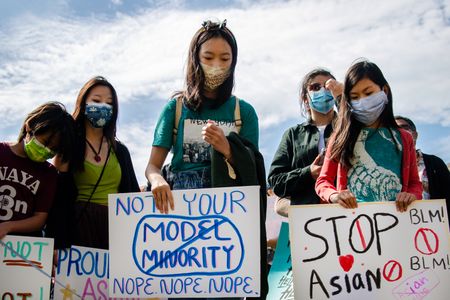 During the COVID-19 pandemic, Asian Americans received increased media coverage, but it was mainly to blame the Asian American community for the spread of the virus. This type of media coverage directly contributed to violence and discrimination towards Asian Americans during the pandemic. Usage of racist language in the media condemned Asian Americans for supposedly bringing the virus to the United States, and neglected to mention the large number of Asian American doctors and researchers helping to lessen the impact of the disease. Evidently, media coverage can be good and bad, but the portrayal of Asian Americans during COVID only fueled fear and negative assumptions about an entire group of people.
During the COVID-19 pandemic, Asian Americans received increased media coverage, but it was mainly to blame the Asian American community for the spread of the virus. This type of media coverage directly contributed to violence and discrimination towards Asian Americans during the pandemic. Usage of racist language in the media condemned Asian Americans for supposedly bringing the virus to the United States, and neglected to mention the large number of Asian American doctors and researchers helping to lessen the impact of the disease. Evidently, media coverage can be good and bad, but the portrayal of Asian Americans during COVID only fueled fear and negative assumptions about an entire group of people.
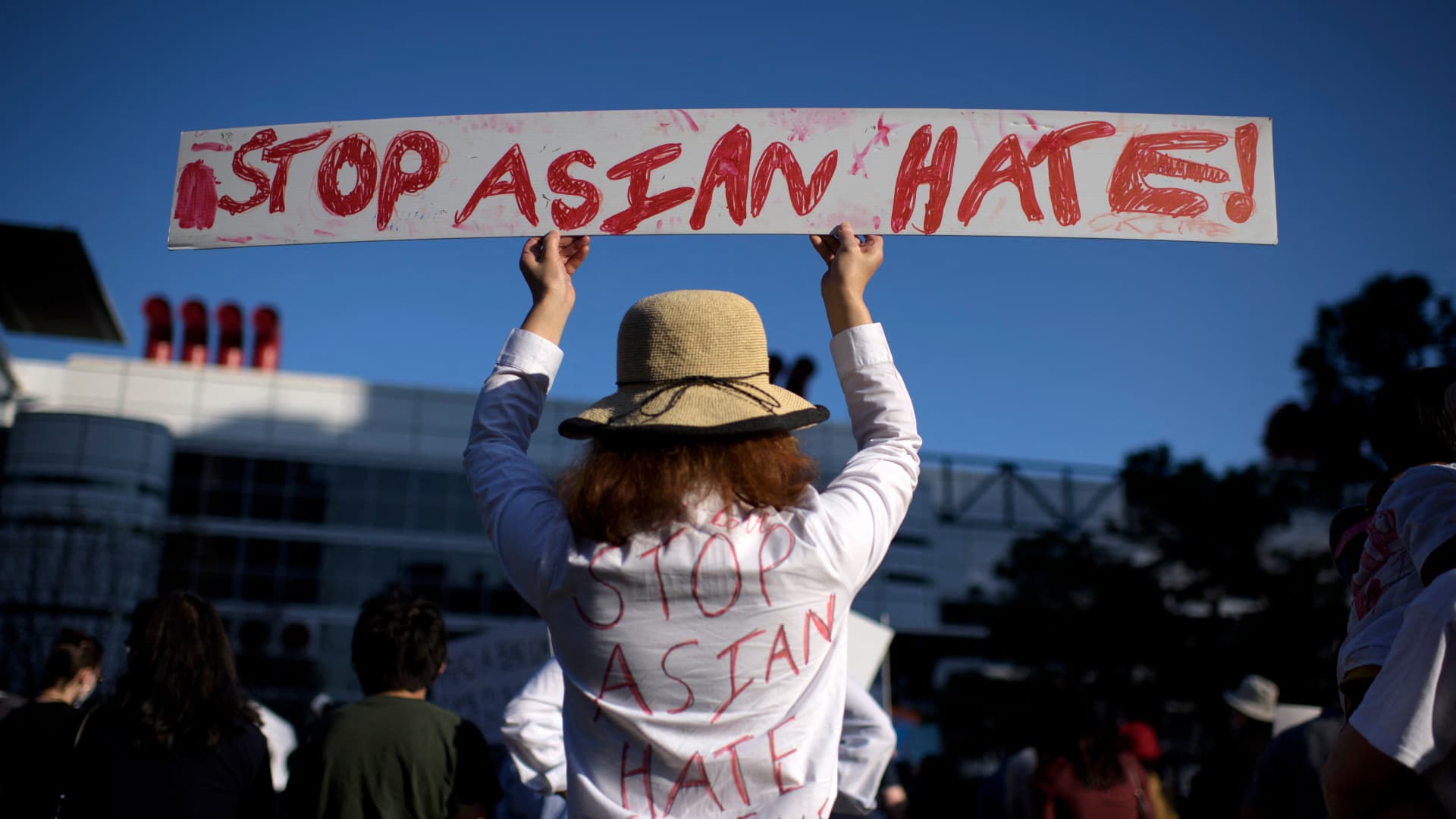 Thankfully, journalists are coming to realize the impact their work has on different communities. Many are starting to work with Asian American activists to include more factual information about Asian Americans. There has been less stereotyping and generalizations, and increased coverage on the positive impact Asian Americans have on society. More stories on the problems Asian Americans face in society are being published, which is helping to raise awareness of the hardships that they face. It also helps dispel the harmful stereotypes that are placed on Asian Americans.
Thankfully, journalists are coming to realize the impact their work has on different communities. Many are starting to work with Asian American activists to include more factual information about Asian Americans. There has been less stereotyping and generalizations, and increased coverage on the positive impact Asian Americans have on society. More stories on the problems Asian Americans face in society are being published, which is helping to raise awareness of the hardships that they face. It also helps dispel the harmful stereotypes that are placed on Asian Americans.

